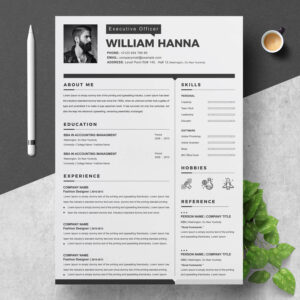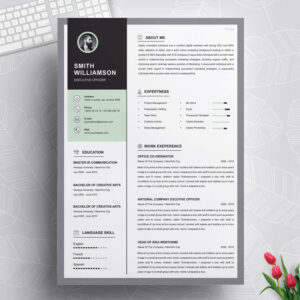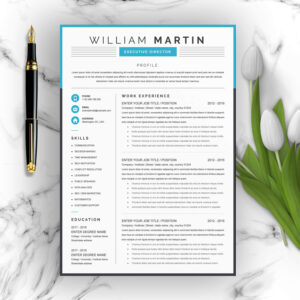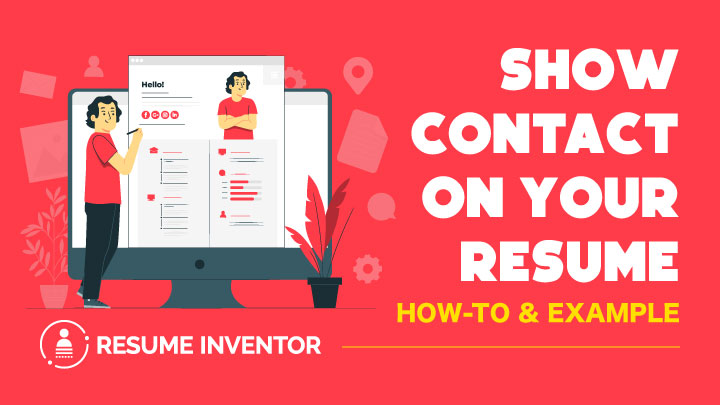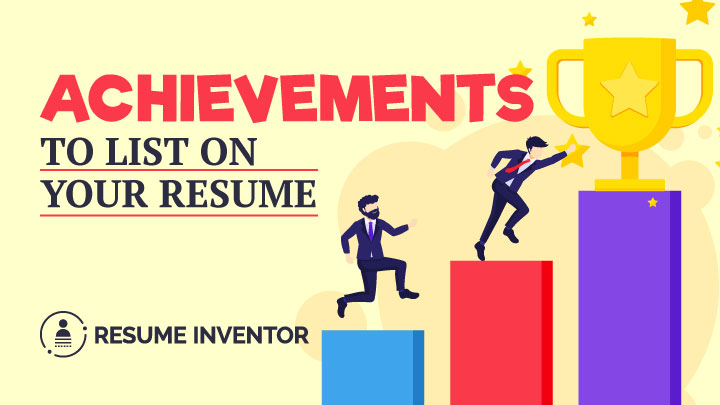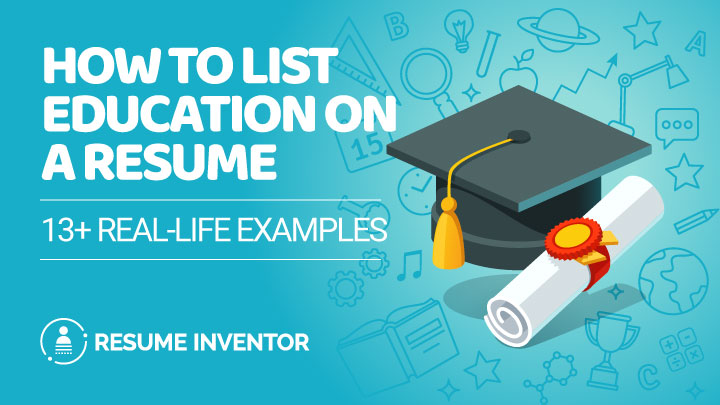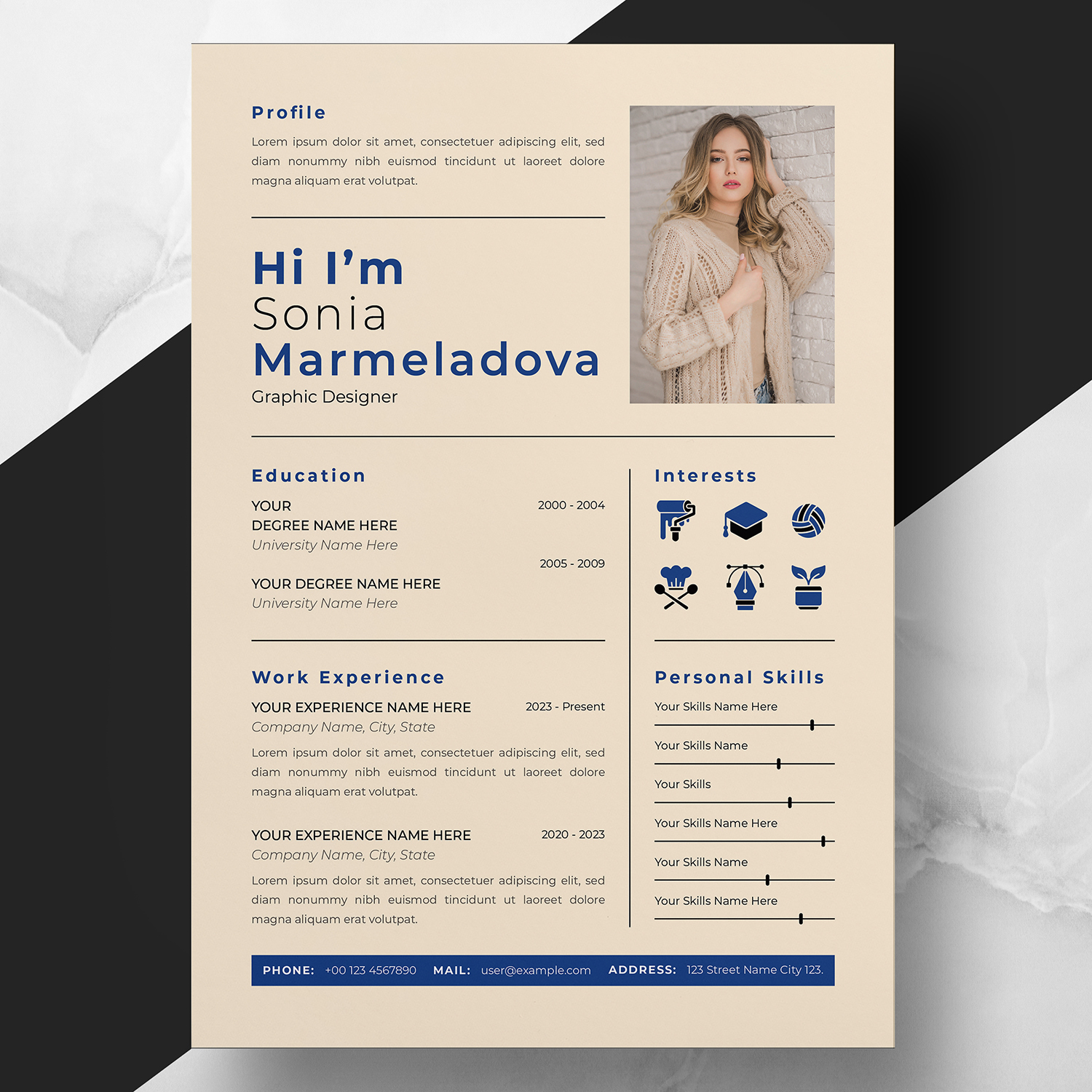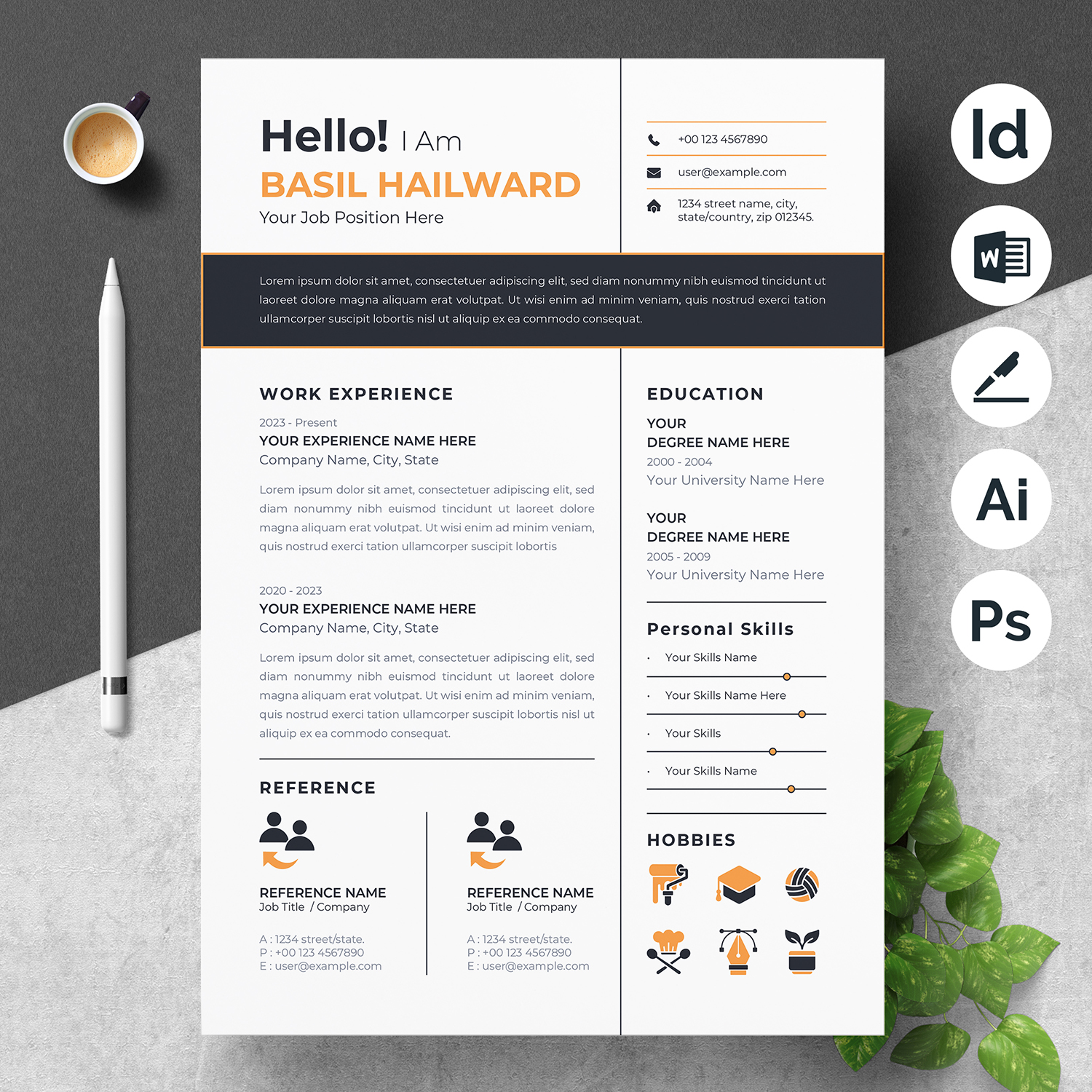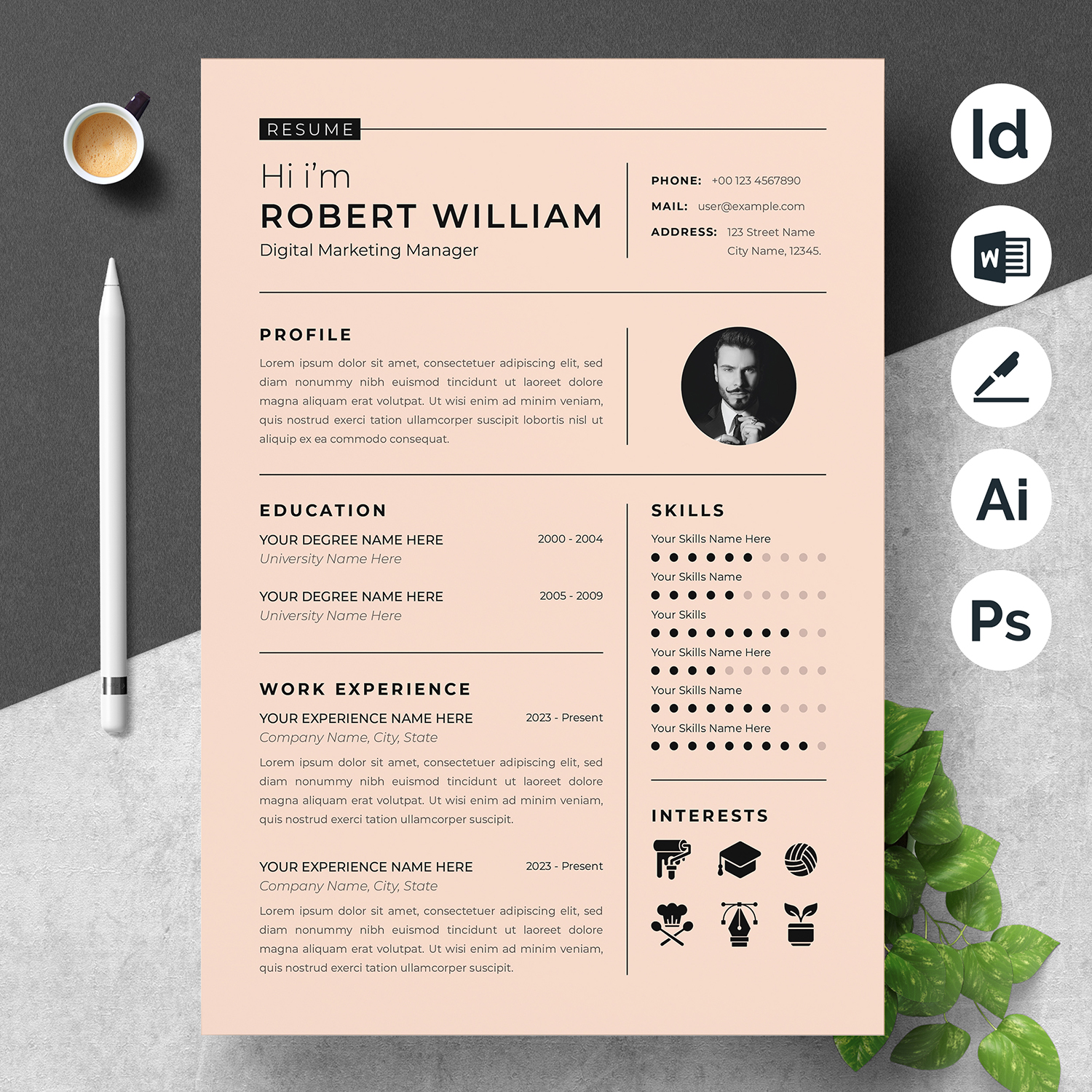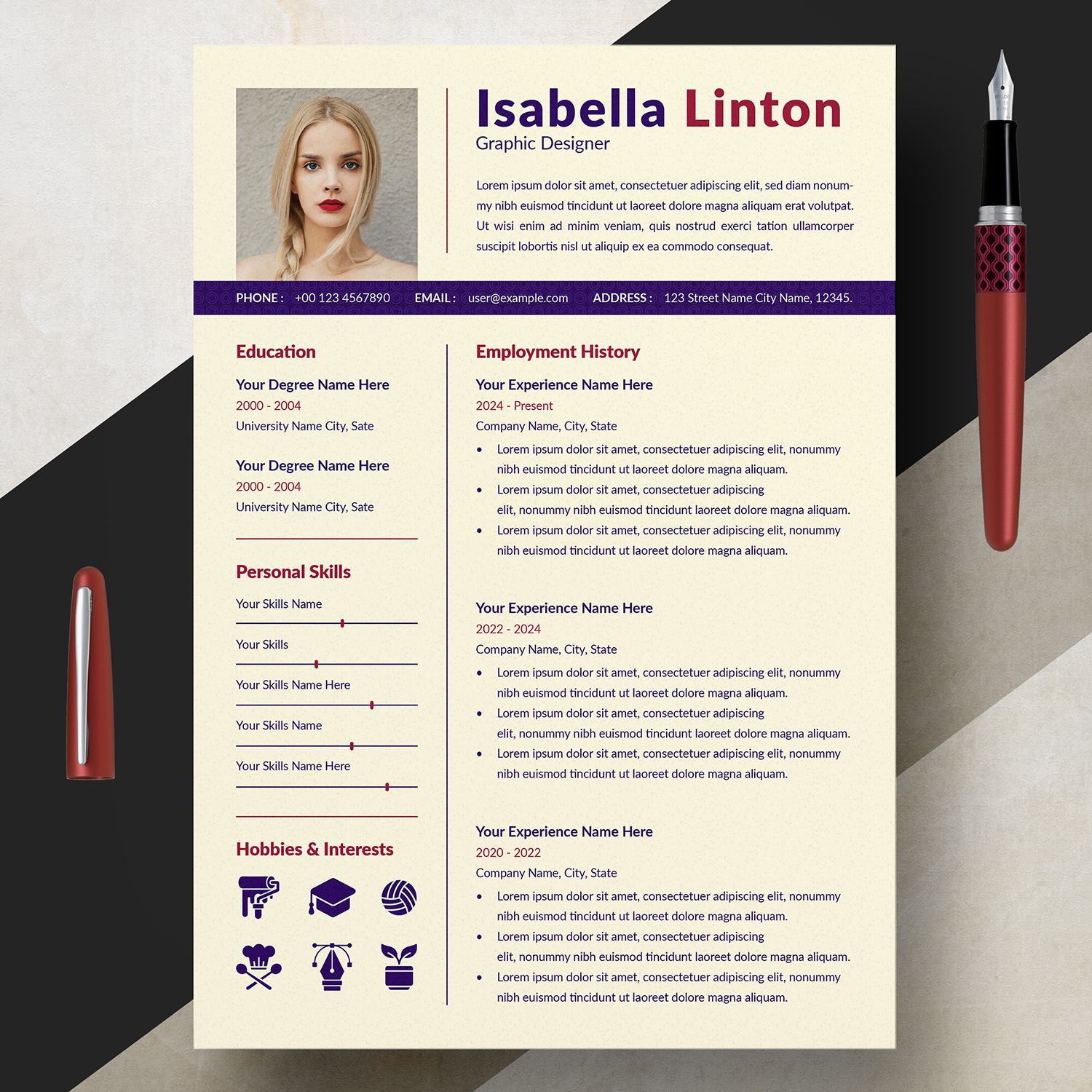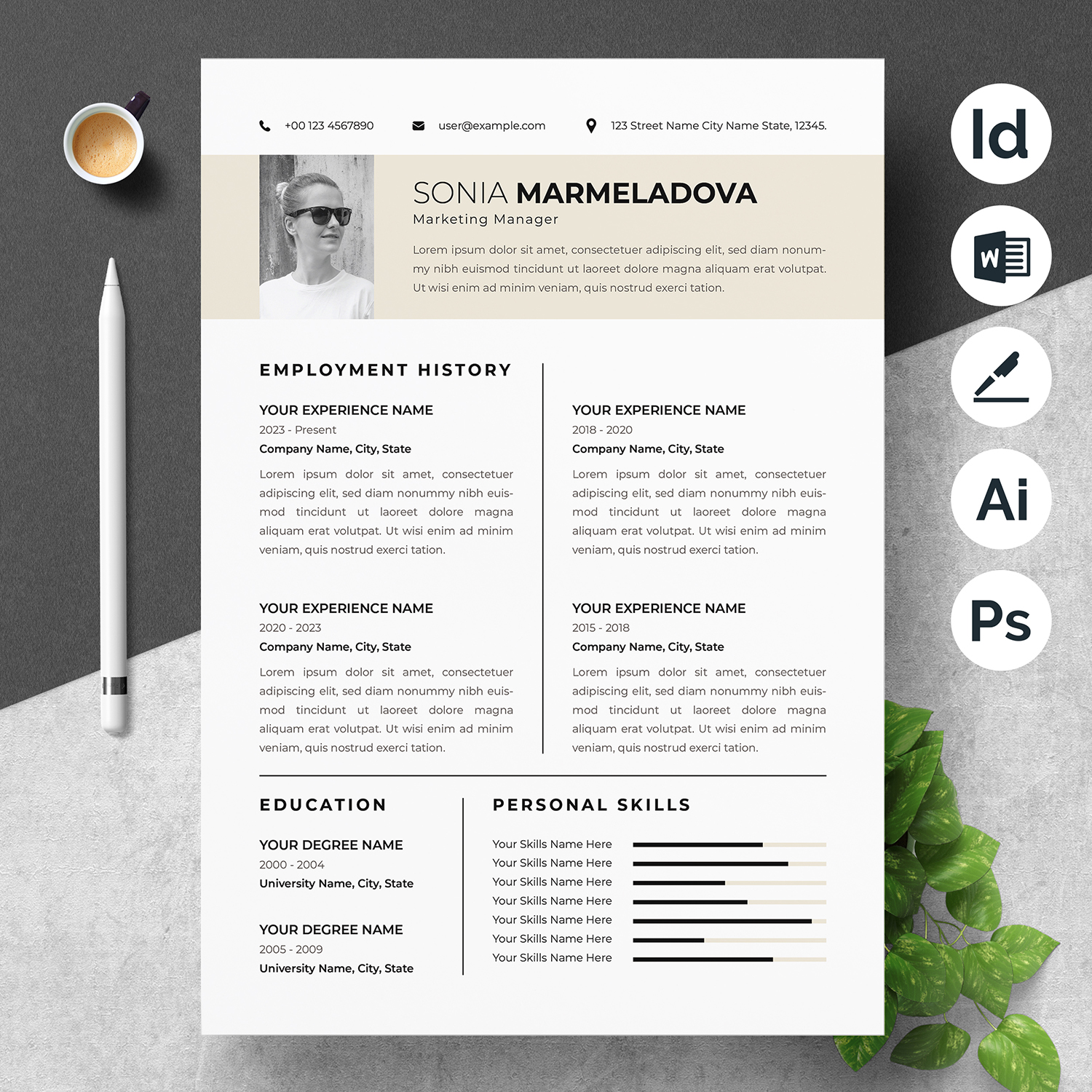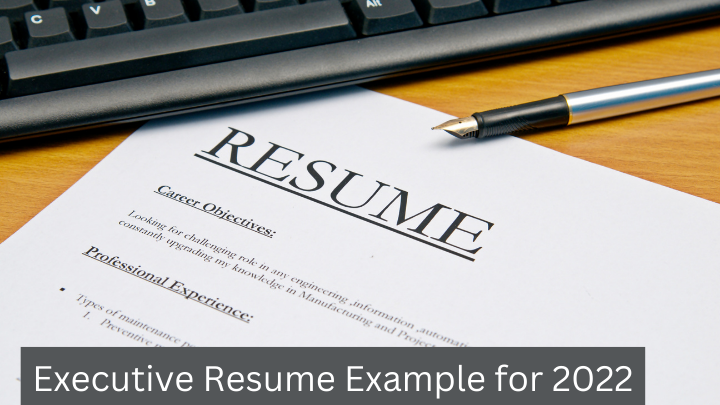
There are several benefits to being in control of entire departments, like great impact, numerous responsibilities, exciting work, high salary, etc. However, being an executive does not give you the right to forego the application process. You must still write an Executive Resume and cover letter and submit job applications.
Additionally, building an executive resume has its own unique set of challenges.
There are many questions you have because the majority of typical resume-writing advice does not apply in this case:
- How can you maximize the impact of your executive CV given your wealth of work experience?
- Can you go over the industry standard of one page, or are you limited to it?
- How specific must your employment history be, and may you list roles held more than ten years ago?
These and other questions will be addressed in this post.
We’ll go through the following to assist you with writing the executive resume:
What Makes an Executive Resume Unique?
9 Steps to Writing a Strong Executive Resume,17 Important Competencies for Executives plus more!
Executive Resume Example
Let’s explore two examples of executive resumes before getting into the procedures you must take to write one so you can see what it looks like:
Example 01
Example 02
Example 03
Here Executive Resume Example
- Marketing Executive CV
- Executive Developer CV 2022
- Executive Web Developer CV
- Executive Officer Resume Template
- Executive Assistant Resume Template With A Cover Letter
The executive resume example above does everything right, including:
- Reverse-chronological resume format. The executive resume sample up top uses a reverse chronological approach to emphasize this executive’s extensive professional background.
- Attention-grabbing resume summary. This executive resume sample has a strong resume summary that highlights the applicant’s interests, skills, and accomplishments in the field.
- Focus on work achievements. In contrast to other applicants who merely describe their responsibilities, the executive resume sample above highlights the candidate’s most remarkable accomplishments.
- Concise education section. This executive resume example only lists the candidate’s most recent and pertinent degrees in the education section rather than going into great depth.
- Good use of bullet points. Using bullet points to organize and display information, this sample executive resume is well-structured and simple to read.
- Well-structured skills section. This executive resume example only covers the talents that are most pertinent to the executive position and breaks them down into soft and hard skills, as opposed to putting all skills in one column.
- Certifications. The executive resume sample up top lists every credential the applicant has in the field.
- Additional sections. This executive resume sample highlights the candidate’s multilingual skills and memberships to help them stand out from other applicants with comparable career and educational backgrounds.
How Is an Executive Resume Different?
It only makes logical that an executive CV would differ from a conventional resume because executive positions are not at all like regular occupations.
But what precisely are those distinctions? The following are the most crucial ones you need to be aware of:
- Resume length. You likely have a lot more work experience than the average candidate because you are an executive. As a result, you don’t have to fit everything on one page; an executive resume can often be two pages long, with a maximum of three.
- Data-focused achievements. A list of your responsibilities is the last thing recruiters want to see in an executive CV. Ideally by offering statistics and evidence, you must demonstrate precisely how you improved the company if you want to differentiate yourself from your rivals.
- Conventional format. standard format. Recruiters should be impressed by your resume’s content rather than its format if you’re seeking for an executive position. That is to say, even if your executive resume should be well-organized, have plenty of white space, and have perfect grammar and spelling, a simple, traditional, black-and-white design should be more than adequate. There’s no need to overdo it with unique designs and fanciful typefaces when you’re an executive.
- Tailored to the position. The employment histories of most CEOs, particularly the senior ones, would likely span more than three pages. But doing that would be ineffective (both for you and the hiring manager). The solution in this situation is to adjust your work history to the desired position. You may have had incredibly useful work experiences as a team leader from twenty years ago, but unless they’re incredibly pertinent to the position you’re going for, you might as well keep them off your CV. As a general guideline, your executive resume should only include your most recent 15 years of experience (some exceptions may apply).
- Selected achievements. You are an executive, yes. But you’re also up against other leaders who have accomplished a lot. Add a Selected Achievements section directly beneath your resume summary and highlight three to four accomplishments you’re particularly proud of, making sure to support each one with facts and figures to make your accomplishments stand out.
How to Write a Compelling Executive Resume in 9 Steps
Now let’s go over each section of a successful executive resume, step by step:
#1. Format Your Executive Resume Right
The format of your executive resume is just as crucial as its content. After all, you have to convince recruiters to read your accomplishments before you can impress them.The opposite outcome, though, can occur if your CV is disorganized and cluttered. Here’s when formatting is useful!
First of all, of the three most common resume forms, the reverse chronological structure is most suited for executives (the other two being the functional and combination formats).This is due to the fact that it is the most well-liked by recruiters and the best for applicants with a lot of work experience.
Additionally, make sure that you follow these layout tips:
- To clearly indicate the components of your resume, use headings (e.g. H2 or H3). As an alternative, make your headers bold and utilize a larger font size.
- To guarantee that your executive CV is presented professionally, select the appropriate font style and size. For instance, Overpass is a formal, traditional font that is ideal for executives in traditional businesses.
- Don’t forget to create a PDF version of your resume (unless specifically requested to deliver it in another format). Your resume will always look the same in a PDF format, regardless of the device or operating system used to view it. MS Word files, for example, don’t look nearly as professional.
The old resume is dead. With the emergence of social media, it’s not enough to list your past positions and...
#2. Add Your Contact Information
Since a resume’s contact information section is the most basic there is, you might as well start with it.
Nevertheless, this piece is both crucial and simple, so make sure to check it several times to make sure there are no errors.
After all, you don’t want a recruiter to be unable to reach you simply because your phone number contains a typo.
What must be in this section is as follows:
- First and last name.
- Professional title.
- Updated phone number.
- Email.
- Location.
Here’s an example of an executive resume’s contact information section:
- John Larkins
- Chief Officer
- Larkins@Gmail.com
- 123-123-2233
- Silicon Valley, New work
The resume supports making rapid progress in a professional career so it should be arranged in such a way that...
#3. Write an Attention-Grabbing Resume Summary
The resume summary, which serves as a brief introduction to your professional profile and, in particular, the highlights of your career, is one of the first things recruiters look at.
This two or three-sentence paragraph often contains the following:
- experience
- skills
- professional background
- accomplishments
If you want recruiters to read more of your executive resume, make sure your resume summary is flawless. Just make sure to keep it succinct and to highlight some of your most impressive accomplishments and talents.
An excellent executive resume summary is shown here:
summary: CMO has more than 7 years’ expertise in planning and managing promotional marketing initiatives. I’ve worked in public relations and digital marketing for a very long time, and I’m currently the Executive Vice President at NewEast Inc. Global Best of the Best Effie Award winner for 2021.
A resume summary is one of the most important sections of your resume. It’s a place where you put your...
#4. Add a Selected Achievements Section
If you had a preference, you presumably would want recruiters to see your career highlights right away rather than having to search for them.
So as an executive, you may add a Selected Achievements Section to do just that. A Selected Achievements section, which sits between your resume summary and job experience, can give hiring managers a concise overview of your most notable accomplishments and entice them to read more of your executive resume.
Therefore, consider the pinnacles of your professional history (between two and five accomplishments you’re very pleased of) and list them in bullet points on your executive resume.
An executive’s Selected Achievements section might look like this:
- was the company’s youngest CFO in 40 years, having been promoted.
- I led corporate-wide projects that earned me the Young CFO of the Year Award and the Strategy Execution Award.
Highlighting some sections of the resume is extremely fancy and important for getting a job. Listing relevant achievements in resumes...
#5. Focus Your Work Experience Section on Your Achievements
The focal point of your executive CV will be the work experience section.This section is where you showcase your years of experience and accomplishments.
Here’s how you ought to proceed:
- Go backwards from your current or most recent position starting with that.
- List your professional title, the name of the company, the dates you worked there, and 4-6 of your accomplishments in bullet points for each work entry.
- The fewer accomplishments you need to cite, the further back in your professional history they are. You can minimize space on your resume by only including 1-2 of your most noteworthy accomplishments for positions that are at least five years old.
- Make sure to quantify each accomplishment you cite as much as you can. For instance, you may write “raised business stock by 15% within a year” instead of “improved company stock.”
- Utilize verbs of action, such as “achieved,” “managed,” “increased,” “lead,” and “stressed,” to give your job experience section an energetic voice.
- Your work experience section should be customized for each position you are applying for. Use your varied work experience to tailor your resume to the job you’re applying for if you’re applying for more than one position rather than sending a generic executive resume.
It’s actually quite easy, don’t you think? Here is a specific example of the work experience part for an executive:
Work Experience Section for Executive Resume
Chief Officer
XYZ Inc.
02/2011 – 06/2013
- successfully managed teams at 4 locations with more than 200 workers.
- updated the organization’s talent acquisition strategy, which resulted in a 20% rise in 2021 hiring.
- Enhanced corporate inclusion strategies led to the receipt of a Forbes diversity award.
- changed the company’s hiring procedure, paying close attention to positive discrimination laws, which led to meeting the year’s quotas for diversity.
Manager
ZYX Inc.
02/2011 – 12/2019
- By implementing a more inclusive hiring procedure, the company increased its hiring rates by 47%.
- By using new interview questions, the hiring process was improved and people who were better suited to the workplace culture were hired.
#6. Briefly Mention Your Education
Following your part on job experience should be your education. Although it is not necessary to go into great length in this part, it is just as significant as your professional experience.
After all, if you already work as an executive, you presumably already have a lot of evidence of your success in the workplace.To make your education part stand out from the competition, incorporate the following:
- Include your most recent degree at the top of the list, along with the name and location of the institution you attended during those years.
- Include any other master or advanced degrees you may have in your education area.
- Don’t include a high school diploma on your executive resume.
This is how it would appear on an executive resume:
Executive Resume Education Section:
Ph.D. in English
Haas School of Business – University of New work, Berkeley
2016 – 2017
MSc in Innovation & English
Strathclyde Business School – University of Strathclyde, new work
2010 – 2014
Naturally, the subject of setting up a list of education in a resume or customize education format on resume may...
#7. Include Your Executive Skills
The fierce competition for CEO roles should come as no surprise.This means that in addition to your work experience and education parts, other sections on your resume, such as your talents, certifications, interests, and honors, also need to stand out.
As a result, the following is the ideal technique to list your skills on an executive resume:
- List your hard and soft skills. Put both management and CEO abilities here, as well as industry-related talents (for example, if you work in finance, include all of your financial skills).
- Do any of the keywords in the job description for the position you’re looking for imply the abilities needed for the role?
- Include the talents shown on your executive resume that are specified in the job description (as long as you actually have them).
10 Relevant Skills for Executives
- Delegation
- Employee Development
- Adversity Management
- Collaboration
- Active Listening
- Communication Skills
- Empathy
- Interpersonal Skills
- Conflict Management
- Negotiation
Before appearing on the interview board for the desired job, we must know what skills employers are looking for! By...
#8. Add Optional Resume Sections
The subtleties, such as making use of a few optional parts that might elevate your executive resume, are what separate great from perfect.
By emphasizing your uniqueness and the diversity a genuinely outstanding CEO needs, the following sections can help you stand out from other executives applying for the same position:
- Awards, especially anything concerning your employment.
- Memberships, Member of the Chicago CEO Club, as an illustration.
- Foreign languages, especially the ones you are proficient at.
- Certifications, such as Accredited Business Communicator or Project Management Professional (ABC).
- Personal achievements, highlighting accomplishments outside of your field of expertise, such as outstanding personal projects.
- Hobbies and interests, everything, including exercise and reading.
#9. Don’t Underestimate the Power of the Cover Letter
It’s just as crucial to include a cover letter with your application as it is to write a strong executive resume.
A cover letter is crucial in particular because
- Even if they don’t read it, recruiters anticipate that a serious job application will also contain a cover letter.
- It enables you to provide more specifics about your experience and credentials.
Here’s how to compose a cover letter for an executive position that matches your resume:
- Your cover letter should begin with a compelling introduction.
- Use the body of your cover letter to go into greater detail about your managing and executive expertise.
- Add accomplishments and talents to your executive resume that reinforce the information there to make it stand out.
- Add a call to action at the end of your cover letter.
Conclusion
Writing an executive resume is a great way to showcase your professional experience, especially if your resume has been a while since a career change, or if you are applying for your first executive position. In this blog, we will provide you with a few recommendations and tips on how to write an executive resume example for 2022. In addition, we’ve provided you with a sample resume, which you can view by clicking here. We hope you enjoy reading this blog and that it helps you in your job search!
Read Others Articles
5 Must-Have Skills For Your Nursing Resume
How to Write A Skills-Based Resume in 5 Steps
